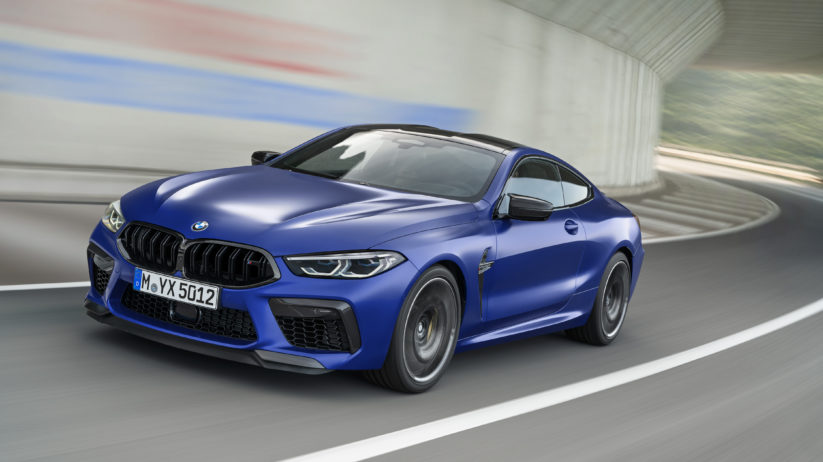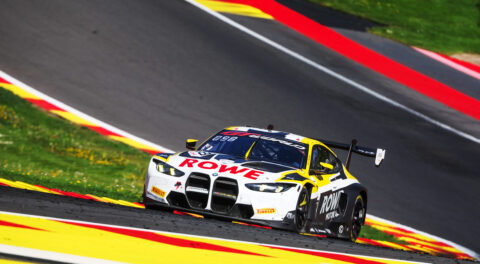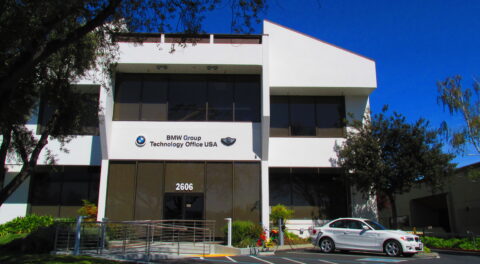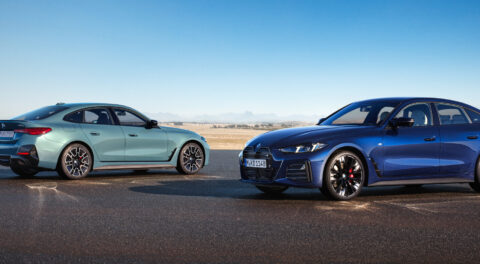Those in the know have been awaiting the M8 for a long time. BMW’s undisputed performance range-topping model has finally arrived, and although many of the differentiating factors seem inconsequential compared with the M850i, for example, or potentially the M5, the proof of the M8’s dominance can be found in the detailed specifications. If BMW’s habit of making vehicles that outperform the figures on the white paper, not only in terms of power output, but of overall capability and the driving experience continues, then the M8 is the performance thoroughbred that everyone has waited decades for.
While the conventional 8 Series uses internal chassis codenames like G15 for the coupe, G14 for the convertible, and G16 for the Gran Coupe, the M8 comes uses F92 and F91 for the coupe and convertible respectively. The M xDrive system is the optionally rear-drive setup found in the F90 M5 and M5 Competition, and equipment is mirrored throughout the rest of the drivetrain in the form of an identical M8HP75 ZF eight-speed automatic, and the presence of an Active M Differential with the rear axle.
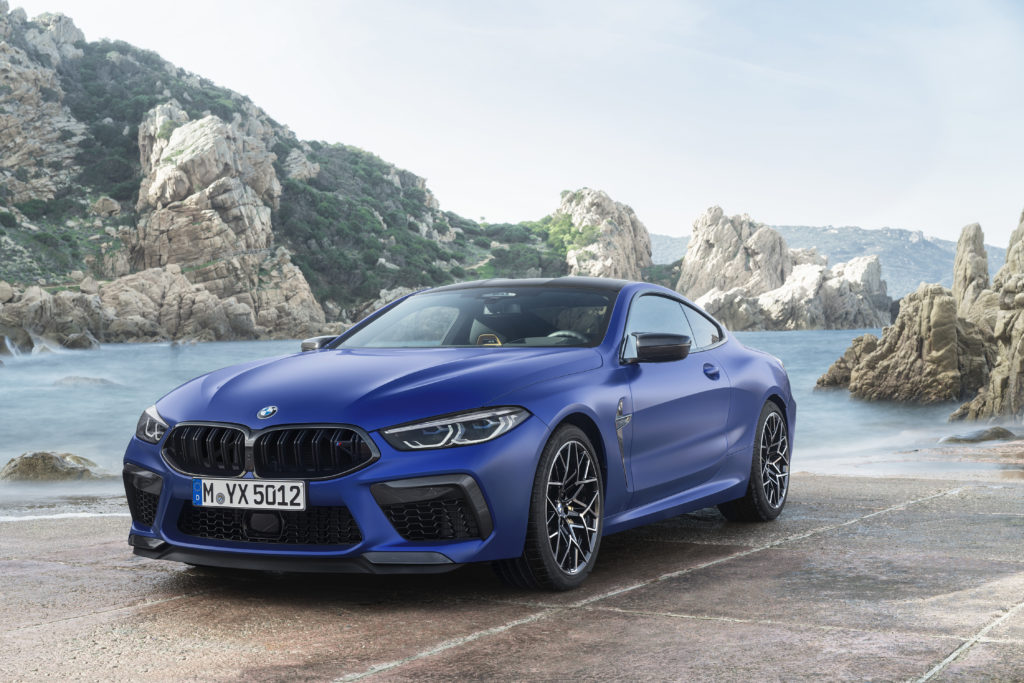
On the other hand, putting the similarities aside for a moment, the M8 and M8 Competition are uniquely striking in their aggressive physical presence and appearance. Seemingly everywhere that room was available, active air intakes and vents have grown for greater capacity and efficiency than the setup on the M850i. Optional carbon-fiber appointments are present in spades, although BMW has already announced a full array of M Performance parts to enhance things even further.
Signature M design elements, like the kidney grilles with dual vertical slats, carry forward the same language used on current M models. The rear end is also home to a model-specific spoiler and quad exhaust pipes. Race-derived lighting, like the tail lamps, appear unchanged from the M850i, which received the design from the Daytona-winning M8 GTE race car.

Competition models also come with special twenty-inch forged M light-alloy wheels that use a gloss-milled 3D structure and bicolor design which generate unique light reflections. The wheels come wrapped in 275- and 285-section high performance summer tires front and rear respectively, and house standard steel brakes that measure 395 millimeters up front and 380 in the rear, with six pistons actuating each front caliper. Upgrading to the optional M Carbon Ceramic brakes increases the size of the front rotors to 400 millimeters, but allows for repeated standing on the on the pedal from the electronically-limited 189-mph top speed with no fade.
Speaking of the brakes, the M8 and M8 Competition use the latest version of BMW’s motorsport-derived brake-by-wire setup, more details of which can be found in a video hosted by BMW Motorsport works driver Martin Tomczyk.

The motivational source mounted beneath the hood is the same fire-breathing S63B44T4 found in the F90 M5 and M5 Competition. As with the M5, the standard M8 develops 600 horsepower at precisely 6,000 rpm, while the M8 Competition makes 617. Torque is rated at an identical 553 pound-feet for all models, although the Competition versions enjoy a slightly longer torque plateau from 1,800 to 5,860 rpm as opposed to 1,800 to 5,700 for the conventional alternative. The figures directly mirror those of the F90 M5, but recent real-world testing has revealed that the executive super sedan actually has significantly more power than advertised.
The underrated S63 V8 might be one reason why the M5 and M5 Competition are faster than the manufacturer’s claims as well, with respective official zero-to-60 times of 3.2 and 3.1 seconds, and actual results comfortably within the high two-second range.
With power unchanged from the M5, one might be wondering, aside from wanting a two-door grand touring coupe, why they would opt for the new, and more expensive M8 over the exceedingly practical M5. One deciding factor, aside from the stunning looks of the M8, is that the range-topping coupe is almost sure to be faster than the M5. To be fair, the M5 is already ridiculously fast, with aforementioned real-world measurements revealing a zero-to-60 time of just 2.8-seconds for the regular 600 horsepower version. However, the M5 tips the scales at 4,370 pounds for its curb weight, while the M8 weighs in at 4,295, a 75 pound deficit. The M5 isn’t as slick as the M8, with a drag coefficient of 0.34 compared to 0.33, but the weight savings alone should allow the M8 and M8 Competition to hold their own against competitors that retail for two or three times the MSRP.
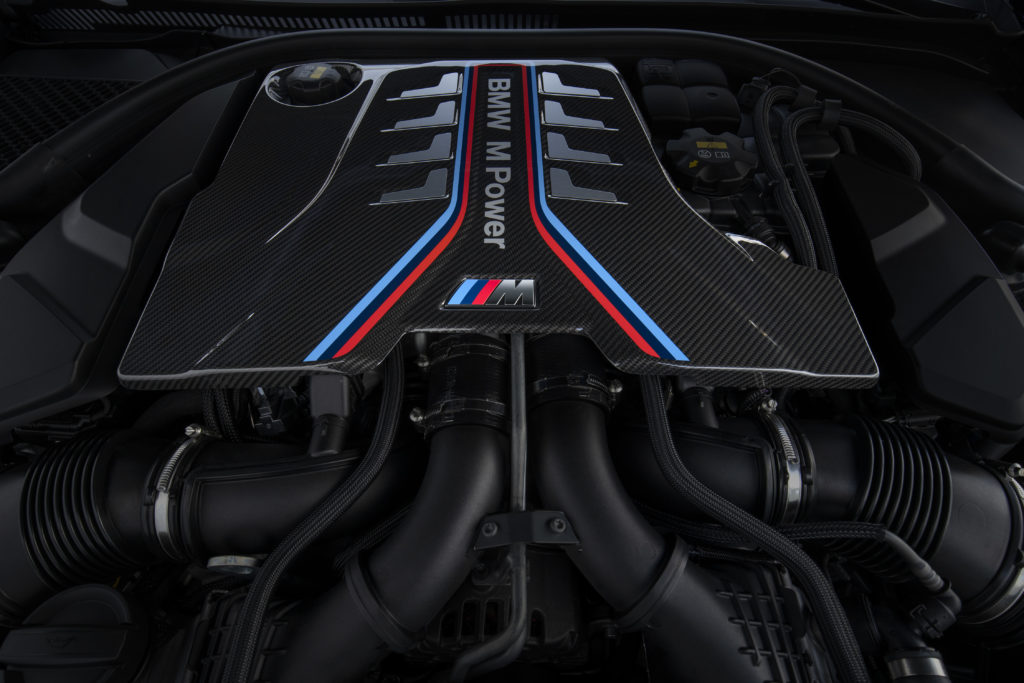
The M8 and M8 Competition will also be available in open-air convertible form. Ditching the fixed carbon-fiber roof for the convertible cloth top, which can be retracted in just fifteen seconds while traveling at speeds of up to 30 mph, increases weight, but is actually said to make for a lowered center of gravity. The M8 convertible and M8 Competition convertible tip the scales at 4,560 pounds, or 265 more than their fixed-roof counterparts.

Production of the M8 and all derivatives is set to commence next month, during July. Not including destination fees, pricing for the M8 coupe starts at $133,000, while opting for the 617-horsepower M8 Competition moves the figure up to $146,000. The M8 convertible starts at $142,500, and the M8 Competition convertible at $155,500.—Alex Tock
[Photos courtesy BMW AG.]

